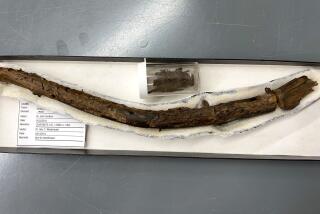Zauschneria californicaCalifornia fuchsiaSpreading perennial to 2...
Zauschneria californica
California fuchsia
Spreading perennial to 2 feet tall
A sure-fire fall flower in my garden is Zauschneria californica , commonly called California fuchsia, a misleading name if there ever was one. It isnât colored like a fuchsia (flowers or foliage), and it doesnât look or grow like a fuchsia. It is native to California, but on hot, rocky slopes, where a fuchsia would feel most uncomfortable. It is short and spreading, has gray foliage and scarlet-red flowers that glow like embers.
A day-hiker might think it a penstemon or a scarlet gilia, because it has similar trumpet-shaped flowers, but never a fuchsia. A common name like âfall firecrackerâ would better suit it.
Though zauschneria takes desert drought, it also thrives on garden watering and can indeed make quite a nuisance of itself, spreading on underground rhizomes. It is not for the disciplined garden because it will not behave.
âMuch Too Eagerâ As Marjorie G.
Schmidt says of it in âGrowing California Native Plantsâ (University of California Press), it is âmuch too eager and invasive.â
Beside this spreading habit, it flatly refuses to grow upright but leans this way and that, undoubtedly annoying neighboring plants, which it often rests against. What does one do with a character like this?
In my garden, it grows with lavender, sage, rosemary and other tough herbs, and when it spreads too far, it gets yanked out. It is not rooted all that well into the soil, so this is not the chore it could be, and itâs not a big plant--two feet tall, tops.
Hummingbird Bait
Or grow it on a hot hillside, which slows it down considerably, or in a neglected corner of the garden where it can be left to ramble on. Find a place for it and you will be rewarded with soft gray foliage and lots of scarlet flowers, from the end of summer until the onset of winter. Hummingbirds find it most attractive.
Despite its rambunctious and unruly habits, it is a graceful, warm plant that will help you remember what Californiaâs hills look like, even when youâre in the middle of the city.
The plants are not easy to find, but are available at some nurseries and at specialty nurseries that sell native plants, and at the Theodore Payne Foundation plant sale Nov. 7, 10 a.m.-4 p.m., 10459 Tuxford St., Sun Valley (in the San Fernando Valley).






